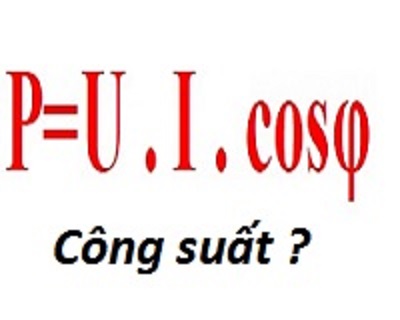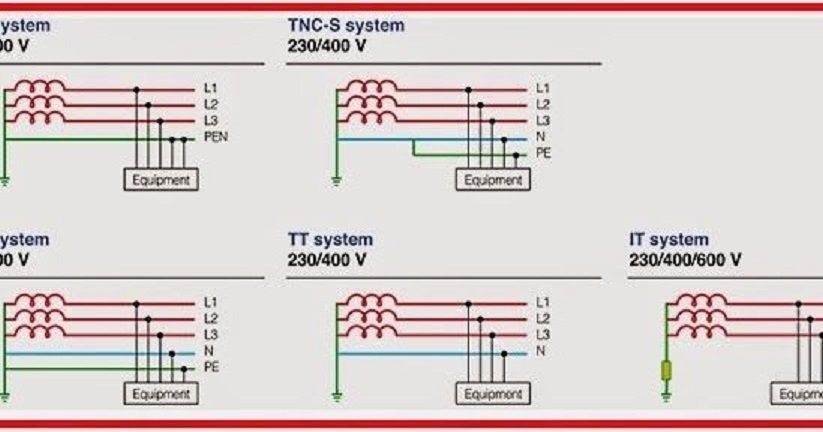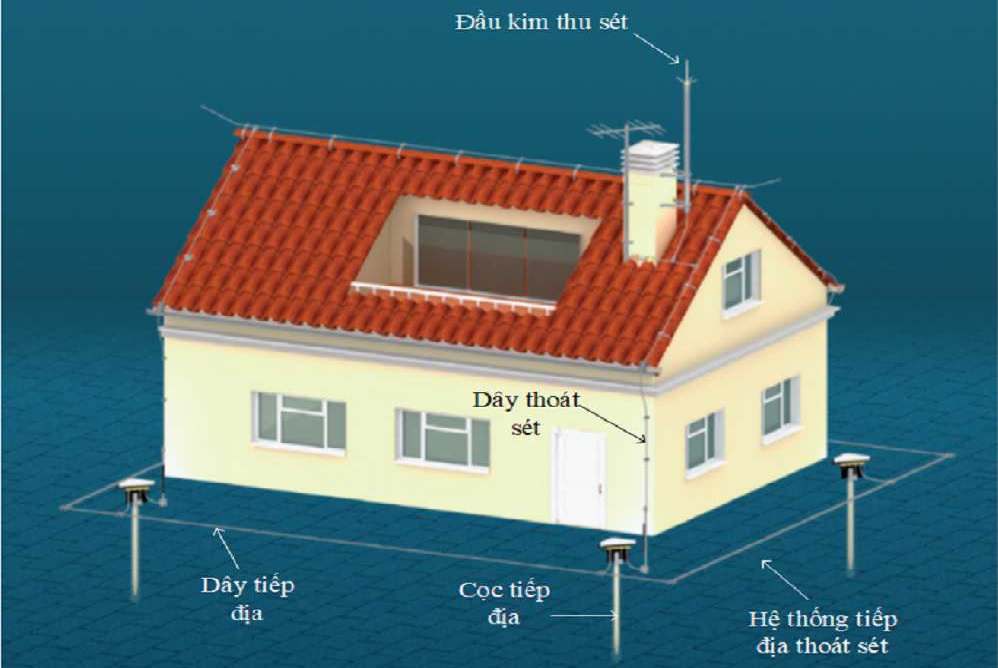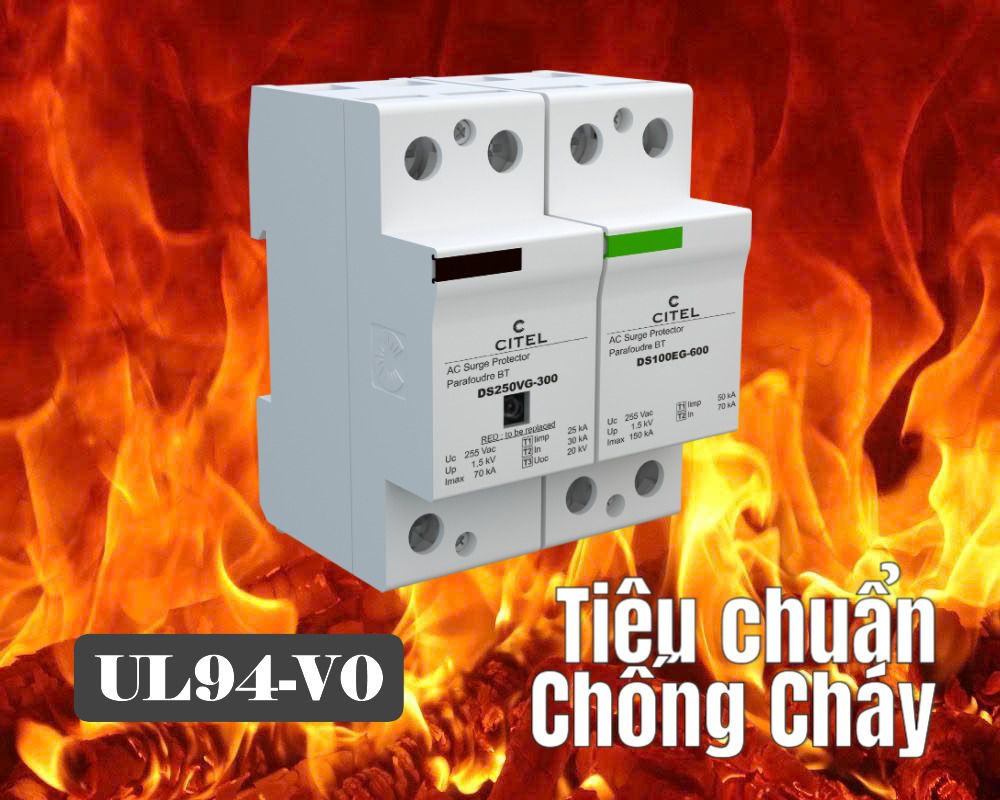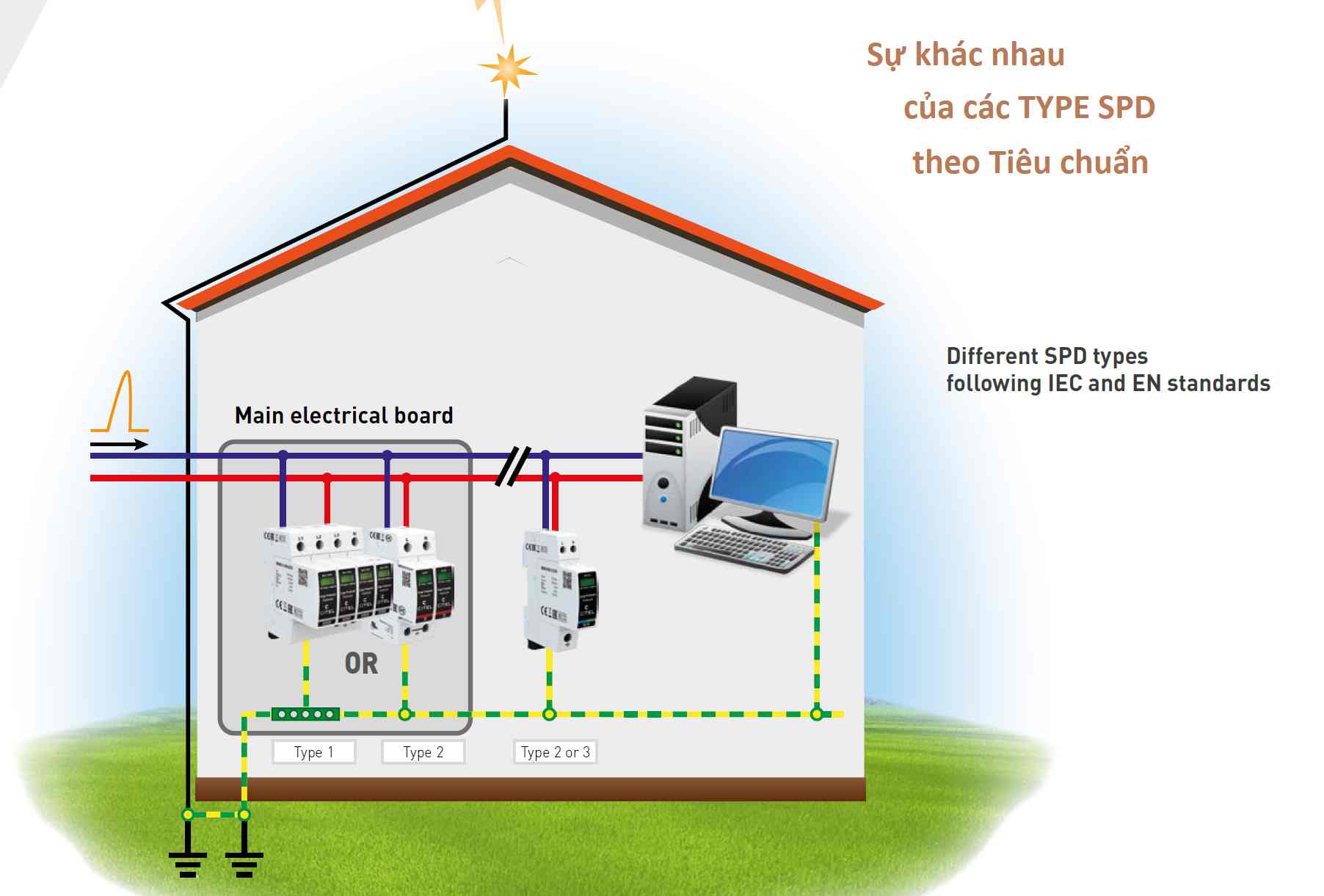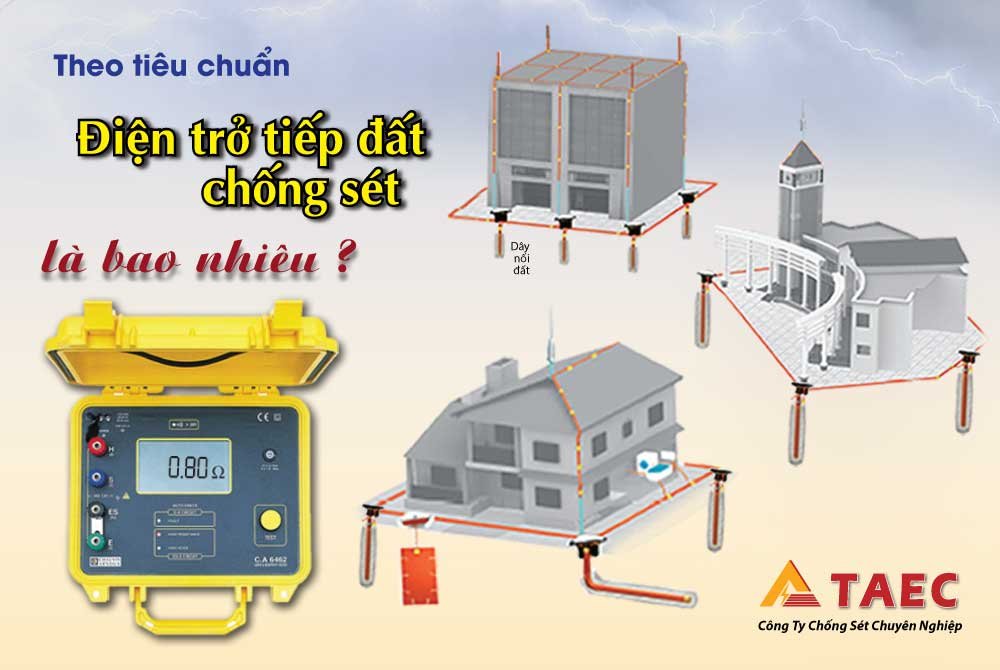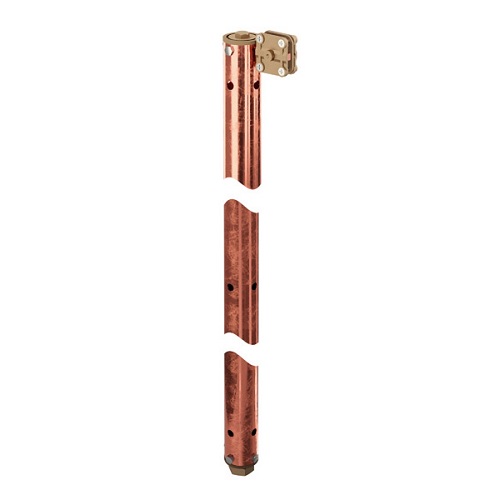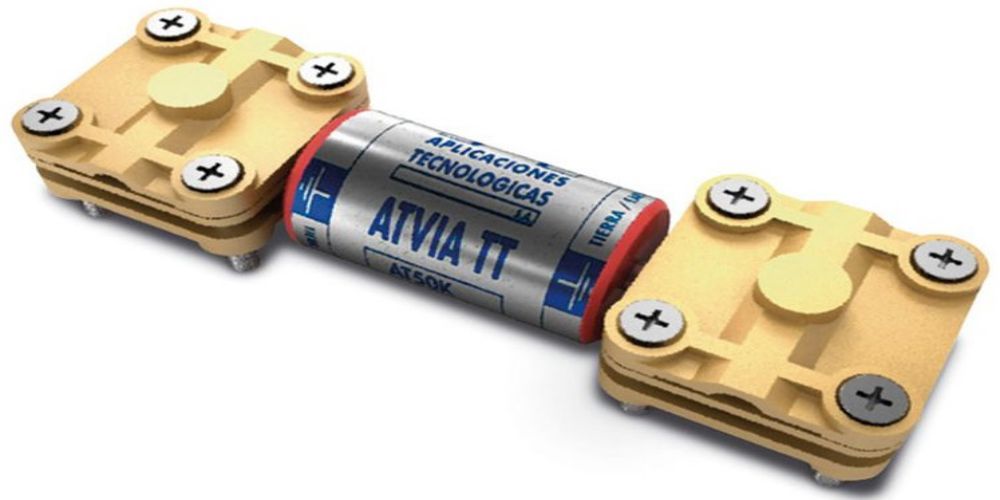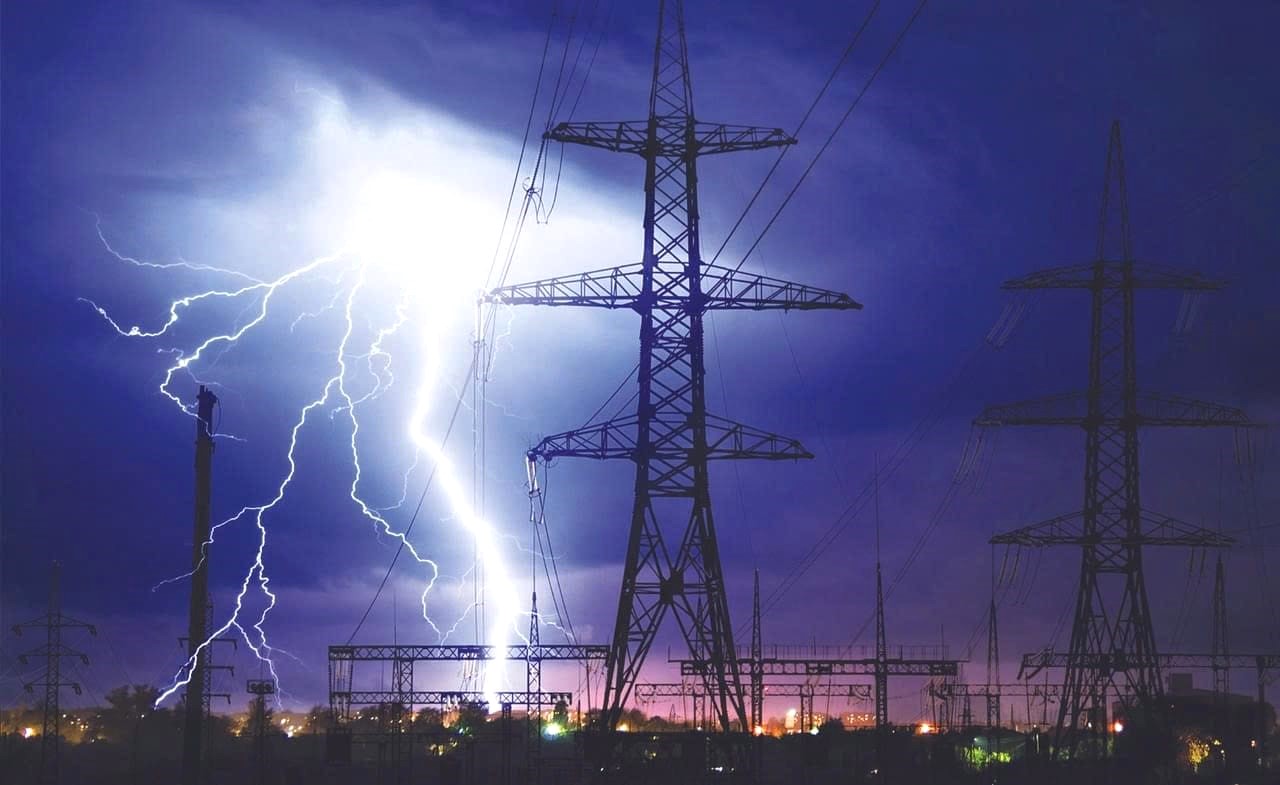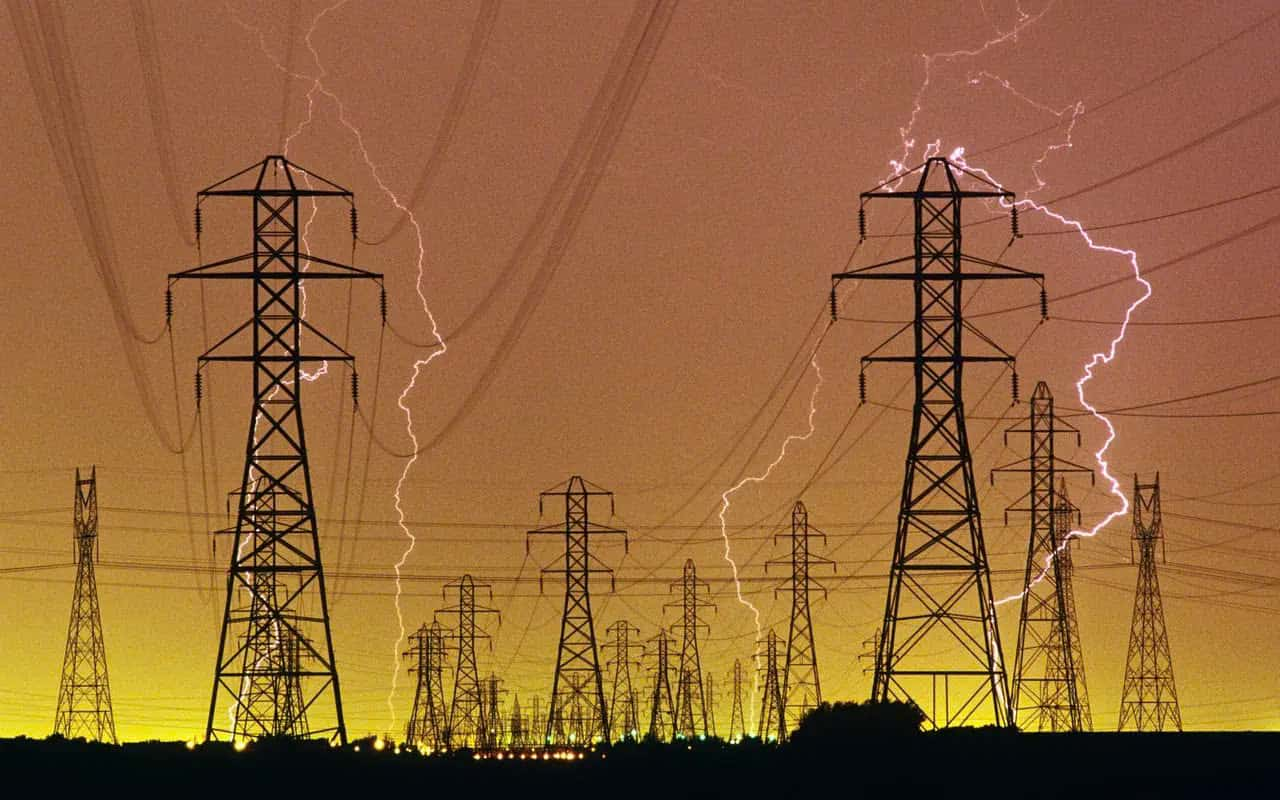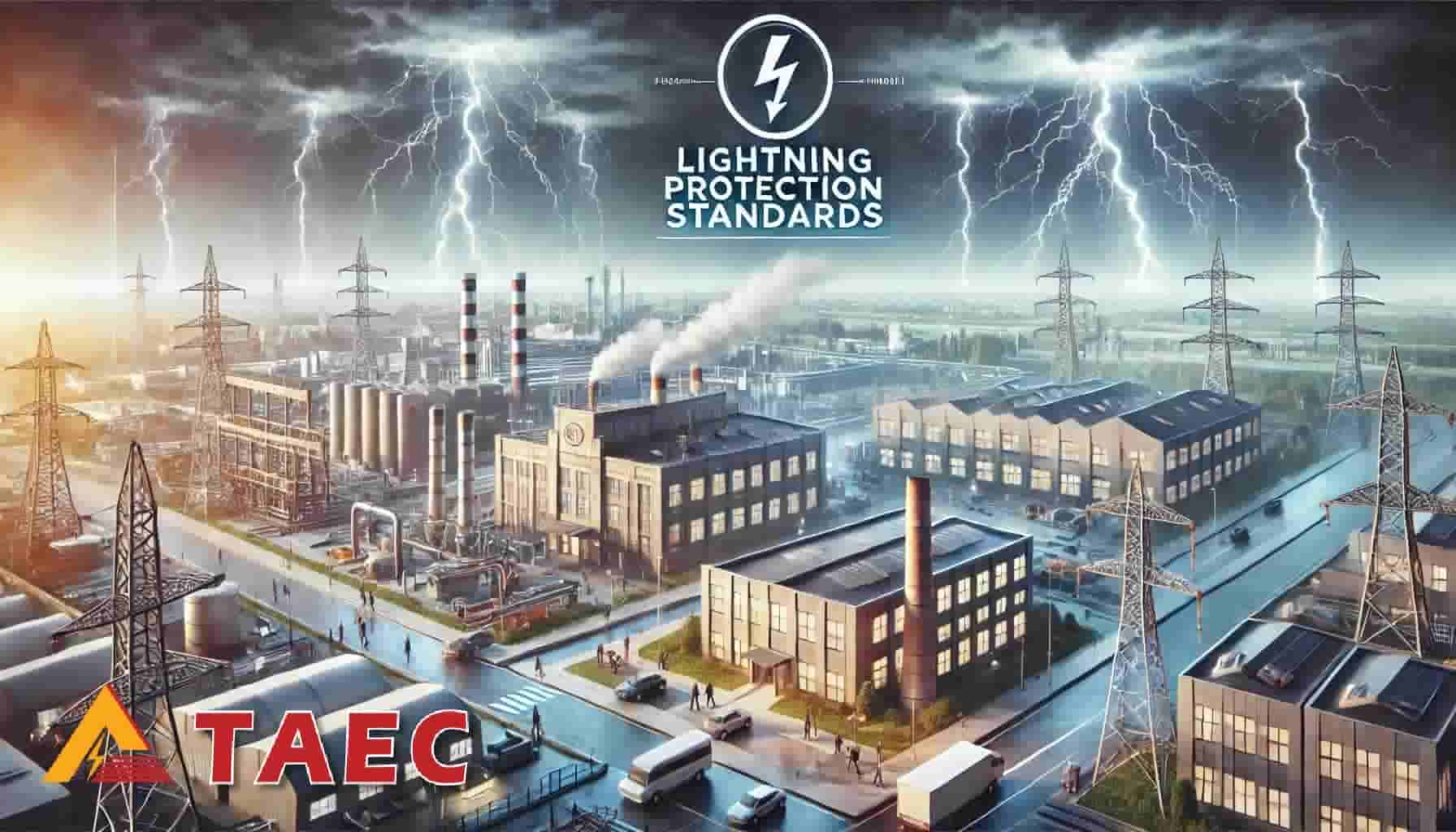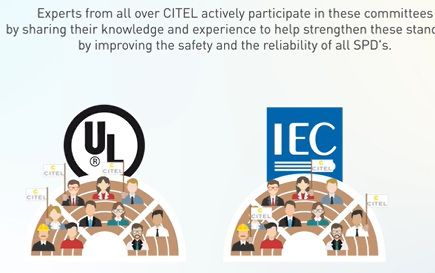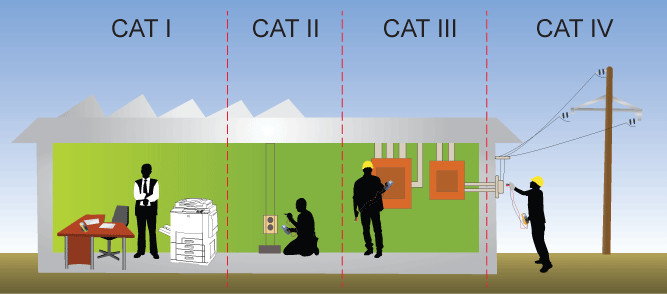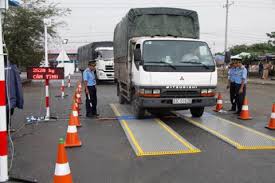Lightning protection grounding resistance standards
Ensuring the safety and efficiency of lightning protection systems is a top concern for many customers. One of the key factors to achieve this is determining the proper grounding resistance. TAEC introduces a set of standards from Vietnam and around the world regarding grounding and grounding resistance.
-
Introduction
For lightning protection systems (LPS), grounding resistance or earthing resistance according to standards is a critical factor in the effectiveness and safety of the system. Compliance with grounding resistance standards not only protects people but also safeguards electrical equipment from potential risks.
What is Grounding Resistance?
Grounding resistance measures the electrical conductivity of a grounding system. The lower the resistance, the higher the conductivity, ensuring safety for electrical equipment and people during lightning strikes or electrical leakage. Grounding resistance is measured in Ohms (Ω), and grounding systems must comply with standard resistance values to ensure effectiveness and safety.
Below are some common standards that specify grounding resistance values:
-
Grounding Resistance Standards of Vietnam
-
TCVN 4756:1989
This standard specifies technical requirements and measurement methods for establishing grounding and bonding systems for electrical equipment.
- Article 4.1.6: "Grounding Resistance Testing"
- Procedures and methods for testing grounding resistance, including equipment and testing frequency.
- Article 4.2.1: "Grounding Resistance Requirements"
- Grounding resistance for lightning protection systems should not exceed 10 Ohms.
- Grounding resistance for power systems should not exceed 4 Ohms.
-
TCN 68-174:2006
This standard applies to telecommunication facilities, specifying requirements for protective grounding and lightning protection.
- Article 5.1: "Protective Grounding Resistance"
- Specifies that grounding resistance for telecommunication systems should not exceed 10 Ohms to ensure safety.
-
International Grounding Resistance Standards
-
IEC 62305-3
IEC 62305 provides detailed requirements and guidelines for protecting structures and electronic equipment from lightning strikes.
- Article 5.3.6: "Reduction of Earth Resistance"
- Describes methods to reduce grounding resistance such as using multiple grounding rods, adding chemicals, or expanding the grounding system.
- Article 6.2.2: "Earthing and Bonding"
- Specifies that grounding resistance for lightning protection systems should not exceed 10 Ohms.
-
IEEE 80
IEEE 80 provides detailed guidelines for designing, installing, and testing grounding systems at AC substations.
- Chapter 14: "Grounding System Design"
- Designing grounding systems, including methods and techniques to achieve low grounding resistance.
- Chapter 16: "Testing and Maintenance"
- Guidelines for testing and maintaining grounding systems, including methods for measuring resistance and testing frequency.
-
NF C 17-102
- Chapter 6 - Earth termination systems: The resistance value measured using a conventional equipment should be the lowest possible (less than 10Ω)
-
Other Grounding Standards
-
NFPA 780
NFPA 780 specifies requirements for designing, installing, and maintaining lightning protection systems for structures.
- Chapter 4.12: "Grounding"
- Grounding resistance for LPS must be below 10 Ohms and describes methods to achieve this.
-
BS 7430
BS 7430 - Code of Practice for Protective Earthing of Electrical Installations. Provides guidelines for designing and installing grounding systems.
- Section 9.2: "Resistance of Earth Electrode"
- Grounding resistance for LPS should not exceed 10 Ohms and below 1 Ohm for critical power systems.
-
ITU-T K.27
The International Telecommunication Union (ITU) provides guidelines for protecting telecommunication equipment from lightning strikes.
- Article 8.2: "Earthing Requirements"
- Grounding resistance for telecommunication protection systems should not exceed 10 Ohms.
-
EN 50522
European standard providing regulations for grounding power systems with voltages above 1 kV.
- Article 5.1.1: "Resistance to Earth"
- Grounding resistance must be designed to ensure safety and efficiency, typically below 1 Ohm for critical systems.
-
Conclusion
At TAEC, we understand the importance of complying with grounding resistance standards to ensure the safety and efficiency of lightning protection systems. These standards provide specific guidelines for design, installation, and testing, helping to mitigate risks and protect people and electrical equipment. ThyAn Lightning Protection Company is committed to providing optimal grounding solutions that fully comply with national and international standards, ensuring comprehensive protection for your projects.
Note: The grounding resistance values specified by the standards are the maximum allowable values; the lower the value, the better. Lower resistance allows for faster and safer dissipation of electrical currents. This also helps to prevent changes due to seasonal and geological fluctuations.
Further Reading:



